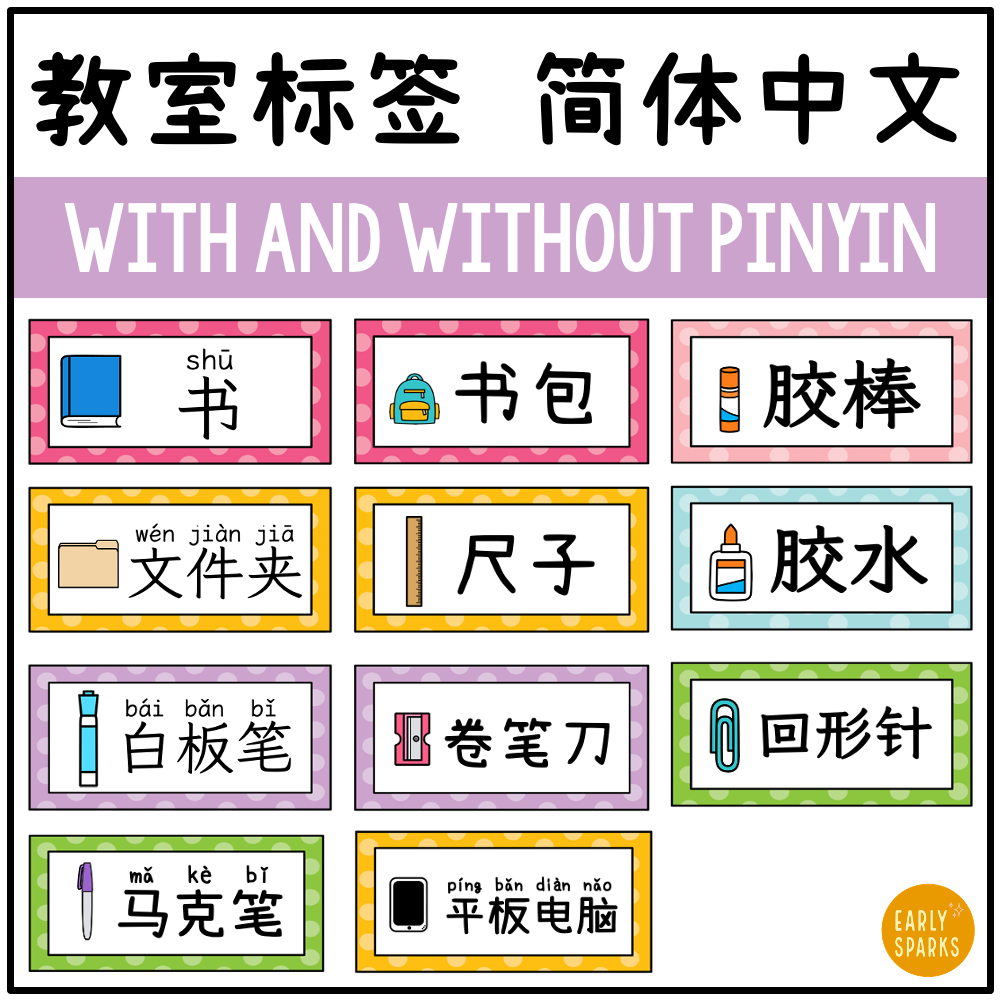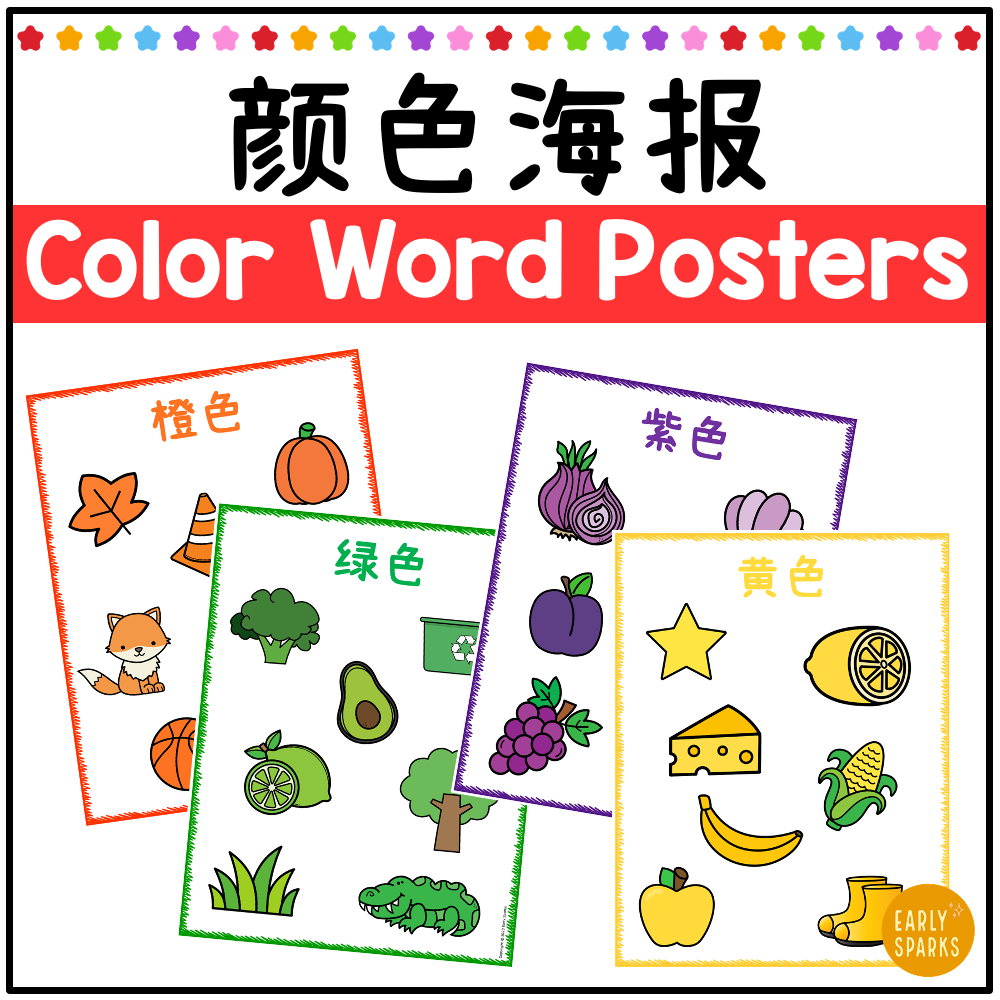How to Raise a Bilingual Child in Chinese and English? 5 Things that Help My 3-Year-Old’s Chinese Learning Journey
If you’re wondering how to help your child grow up speaking Chinese and English, you’re not alone! As a parent and educator, I’ve learned that bilingualism isn’t about perfection, but it’s about creating everyday opportunities to use both languages naturally.
Here’s how I’ve been helping my 3-year-old daughter, Mumu, learn Chinese at home through simple routines and hands-on activities.
1. Daily Book Dates
We’ve been reading to Mumu since she was a baby. Every day, we set aside time to read and sing nursery rhymes in Chinese and English. She especially loved pressing the buttons on her bilingual musical books to hear the songs again and again!
Now that she’s older, Mumu picks two books for our nightly bedtime routine. This small tradition keeps her excited about reading in both languages.
2. Labeling the Environment
Just like in my classroom, I labeled everyday items at home like “椅子 (yǐ zi, chair)”, “门(mén, door)”, and “书架(shū jià, bookcase)”.
We even labeled toy boxes and supply bins such as “马克笔(mǎ kè bǐ, markers) and 积木 (jī mù, blocks)). Seeing written Chinese characters around the house helps Mumu connect spoken words to print and encourages independence when cleaning up.
You can find printable bilingual home/classroom labels in our TpT store.
3. Connecting Chinese Characters to Pictures
We used flashcards from 小象汉字(Like Chinese) to introduce Chinese characters when Mumu was two. Our favorite is the 甲骨文配配卡 (Matching Cards) set because of its simple, child-friendly design.
Without much explanation, Mumu could recognize and match characters to pictures on her own. She loved figuring them out independently. Afterward, we would talk about what each character meant using the pictures as clues.
4. Using Multi-sensory Tools
Writing with different materials keeps Chinese learning fun and memorable. Mumu practices Chinese characters using multi-sensory tools like chalk, markers, Play-Doh, dot markers, and sand trays.
Sometimes she writes Chinese characters in water or sand. It’s all about exploring and having fun!
5. Learning Through Play and Inspiration
I love borrowing ideas from other early childhood educators. One of our favorites is the “Read it, Create it, Write it” activity, which works for both Chinese and English.
Mumu reads a word, creates it with Play-Doh, and then writes it on the board/chalkboard. It helps her connect pronunciation, character shape, and meaning naturally.
The wooden tray we used is from Etsy.
More Tips for Raising a Bilingual Child
Create a Bilingual Environment
If you’re not in a bilingual community, you can still surround your child with Chinese at home. Arrange playdates with other bilingual families, join Chinese parent Facebook groups, or sign up for online bilingual storytime or summer camps.
Follow Your Child’s Interests
Children learn best when they’re curious. When your child shows interest in something, like a cartoon character or a place, they’re motivated to learn related words in both languages. Mumu’s first 100 Chinese characters included “艾莎” (Ài shā, Elsa) because she was obsessed with Frozen!
Read More About Teaching Kids Chinese at Home:
Raising a bilingual child is a beautiful journey filled with small daily steps. The key is to make language learning natural, playful, and connected to your child’s world.
All our resources are available in Simplified and Traditional Chinese—you can explore them in our TeachersPayTeachers store.
Have any questions or tips to share about your bilingual journey? Leave a comment below and we’d love to hear from you!















